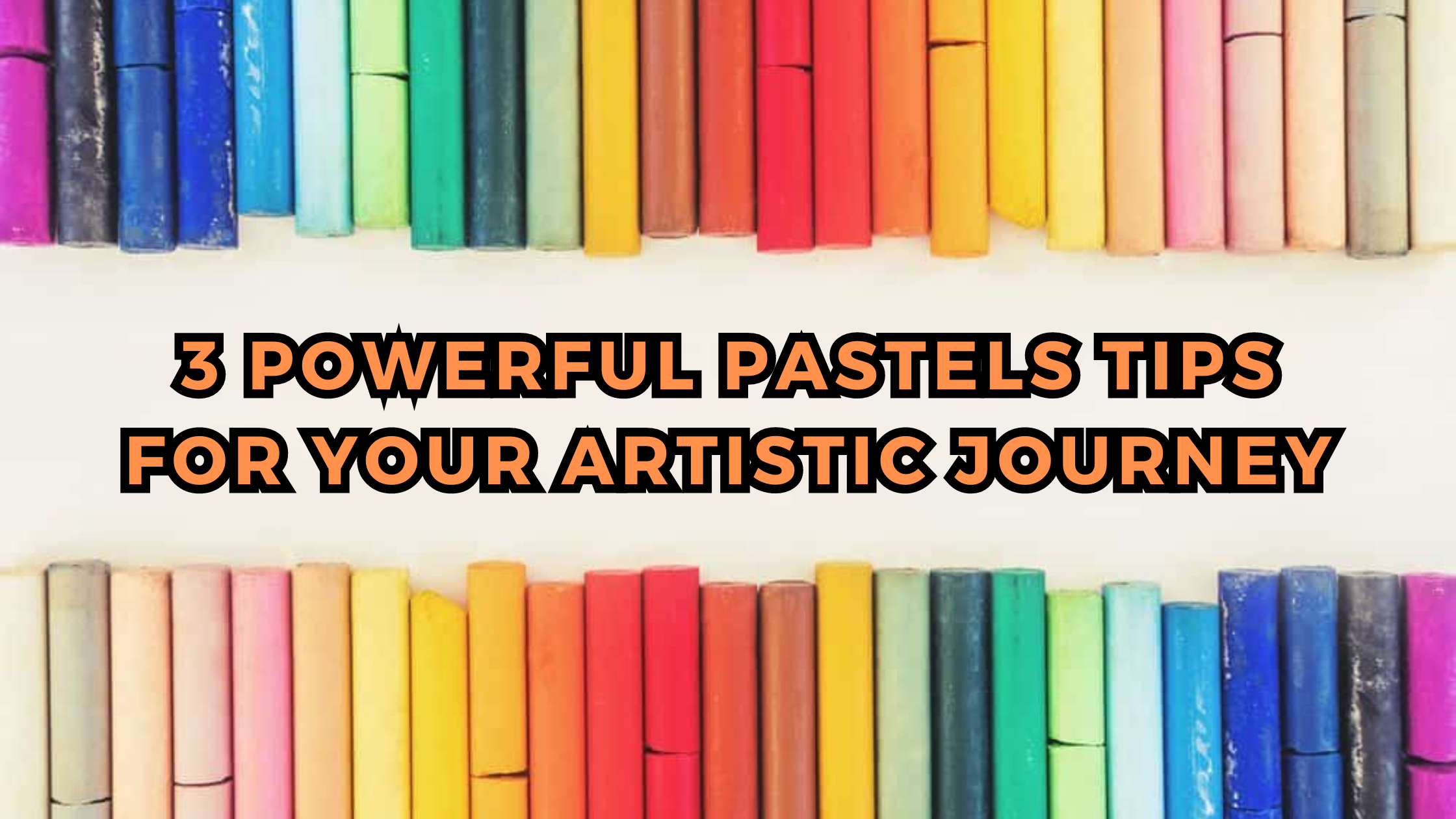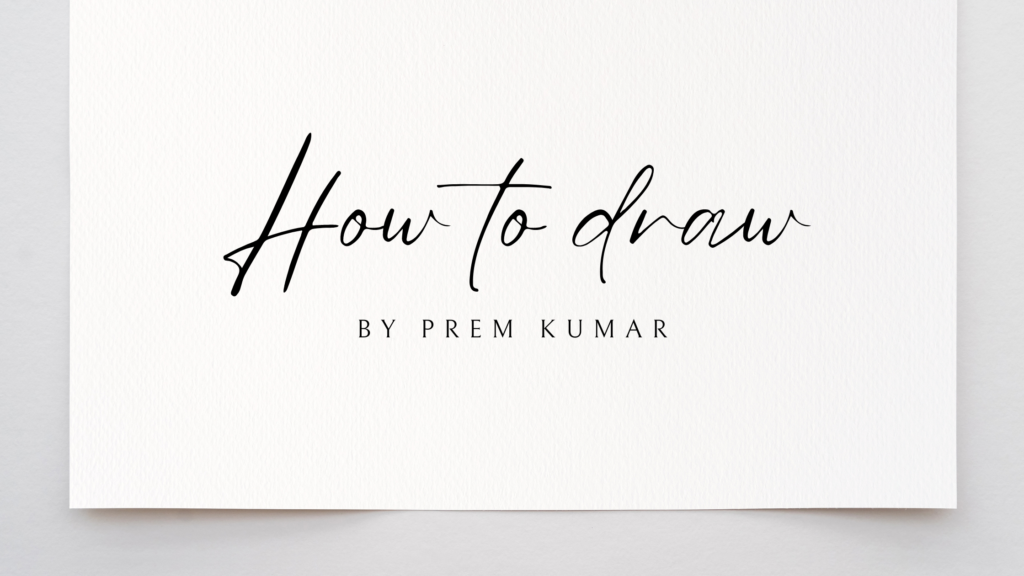Pastels have always captivated me throughout my career as a seasoned artist.” I’ve experimented with numerous materials, each with its own set of characteristics and challenges. There are different types of pastels, each with its own set of functions and characteristics. This article looks into the world of pastels, focusing on three key types: soft pastels, hard pastels, and oil pastels.
Soft Pastels:
Soft pastels are popular among artists due to their rich, velvety feel and bright pigments. Soft pastels, which are made out of pure pigment, a small quantity of binder, and chalk, have a wide range of hues and are well-known for their mixing qualities. These pastels transfer easily to paper, resulting in a clean and seamless finish.
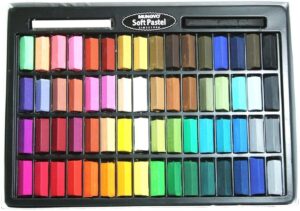
The immediacy of soft pastels is one of their distinguishing characteristics. Colors may be applied fast by artists, making them excellent for expressive and spontaneous work. Soft pastels allow for a wide range of methods, from delicate strokes to dramatic, sweeping gestures, whether you’re producing a detailed portrait or a panoramic landscape.
However, the soft nature of these pastels poses a problem: they are fragile and readily shattered. Soft pastel artists must handle them with care and may choose to fix their finished works with a fixative spray to prevent smearing.
Hard Pastels:
Hard pastels, as opposed to softer pastels, have a higher proportion of binder, making them less powdery and more robust. Hard pastels are ideal for detailed work since they allow for accurate lines and controlled application. Hard pastels are an excellent alternative for artists who wish to work in a more structured and defined manner.
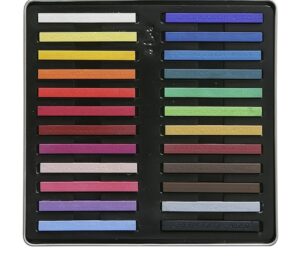
Hard pastels’ firm texture makes them less prone to breakage, providing longevity during the creative process. Layering hard pastels allows artists to generate a wide range of effects, from subtle shading to precise detailing. These pastels are especially beneficial in circumstances requiring a more controlled and accurate application of color.
While hard pastels lack the brilliance of their softer cousins, they excel in versatility, allowing painters to explore small details as well as sweeping strokes within the same painting.
Oil Pastels:
Oil pastels are a one-of-a-kind media that blurs the distinction between drawing and painting. Oil pastels, which are made up of pigment, a non-drying oil, and a wax binder, have a creamy, buttery quality that allows for easy blending and layering. Because these pastels are extremely pigmented, they produce vivid and vibrant colors on the canvas.
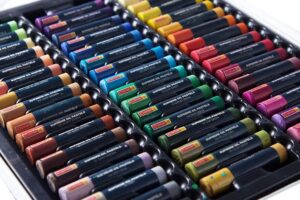
One of the benefits of oil pastels is their flexibility to different surfaces. They can be used on paper, canvas, wood, and even cloth, giving artists a plethora of creative options. Oil pastels are popular among artists who want to achieve a painterly look in their work because of their ability to mix and blend colors directly on the surface.
Oil pastels, unlike typical pastels, do not require fixatives because they do not smudge or crumble. As a result, they are an appealing option for artists who prioritize efficiency in their creative process. However, due to the non-drying nature of oil pastels, the artwork should be handled with caution to avoid smearing.
Choosing the Best Pastel for Your Painting:
The correct pastel depends on the unique needs of your artwork as well as your personal tastes as an artist. Soft pastels are best suited for expressive, fast applications with a concentration on blending, whereas hard pastels are best suited for artists who want precision and detail in their work. Oil pastels have a distinct blend of sketching and painting properties that make them effective in several scenarios.
Experimenting with various pastel kinds enables artists to determine their preferred medium and establish a style that is consistent with their artistic vision. Some painters even combine multiple pastel types in a single piece to take advantage of each’s qualities.
Conclusion:
Pastel stands out as a flexible and expressive medium in the broad and colorful realm of art. With their velvety texture and vivid colors, soft pastels lend themselves to spontaneous and emotional works. Hard pastels, on the other hand, offer a structured and controlled approach that is ideal for intricate and detailed work. Oil pastels provide a distinct fusion of drawing and painting, allowing artists to experiment with a variety of surfaces and results.
As an artist with over a decade of expertise, I encourage other artists to appreciate the variety of pastels. Whether you prefer soft, crunchy, or oily pastels, each style provides a distinct voyage of inquiry and self-expression. So grab your pastels and let your imagination run wild on the canvas of limitless possibilities.

